
Veena Dubal is a professor of law at the University of California, Hastings.
Uber and Lyft are in the early stages of discussions to possibly turn many of their California drivers into employees.
However, rather than become employees of the companies, the drivers would likely become employees of other businesses. In considering this move, Uber and Lyft have assessed how FedEx Ground Package Systems responded to a 2014 Ninth Circuit decision, Alexander v. FedEx, in which the appellate court found that their drivers were employees under California law. In order to avoid both employment status and potential unionization, FedEx re-wrote their contracts with drivers and turned them from independent contractors to franchise-like businesses. This shift had dire consequences for workers.
Background
What prompted these gig company franchise discussions? In April 2020, California Attorney General Xavier Becerra, alongside the city attorneys of several large cities, sued Uber and Lyft for misclassification under California employment laws and asked the court for a preliminary injunction forcing the companies to comply with the law, highlighting the need for basic worker protections during the Covid-10 global pandemic. In response, California Judge Ethan Schulman issued a stunning decision on August 10, 2020, granting the injunction pending appeal. The appellate court is expected to rule on the appeal by August 20, 2020.
Upon receiving Judge Schulman’s injunction, the companies threatened to halt services in California until November, when California voters will vote on Proposition 22. Prop 22 would, in effect, create a new, substandard category of worker for the companies’ largely people of color and immigrant workforce. The proposition does not include a time-based wage floor, unemployment insurance protections, workers’ compensation, employer-provided health insurance, or paid sick leave. If the injunction is upheld on appeal, we can expect that the companies will lay off tens of thousands of low-wage California workers to create a political and economic crisis in which their proposition (see a snapshot below for details) might pass.

Image: Table from Rigging the Gig, a report on Proposition 22 written by the Partnership for Working Families and National Employment Law Project (reproduced here with permission from the authors).
Uber and Lyft Franchises
In its August 4, 2020 order, the California court asked Uber and Lyft to address this question: “What measures, if any, have Defendants taken to comply with A.B. 5…since it became effective on January 1, 2020? With the Supreme Court’s April 2018 Dynamex decision?” Judge Schulman, seemingly frustrated by their non-response, wrote in his preliminary injunction decision, “Defendants conspicuously failed to respond.” (P31)
Despite the silence, the companies, unsurprisingly, do have a fallback strategy. As reported by Kate Conger in the New York Times, both Uber and Lyft are seriously considering “licensing their brands to operators of vehicle fleets in California.” Uber, for its part, already does this in Germany and Spain. The companies could either create a franchise model in which each driver purchases a franchise and functions as a businessperson, or they could, as the New York Times article suggests, contract out to larger fleets which are licensed to use their brands and technology.
In the first scenario, in which drivers are individual franchisees, the question of the companies’ liability remains unclear. In October 2018, the 9th circuit issued, Salazar v. McDonald’s, in which plaintiff workers had sued both the franchisee and franchisor (McDonald’s) as joint employers (under agency theory) for violations of California wage and hour laws and meal and rest break laws. The appellate court affirmed that under the facts, “McDonald’s is not a joint employer of the franchisee’s employees and that Plaintiffs’…agency and negligence claims fail as a matter of law.” The 9th circuit also stated that because neither plaintiffs nor defendants claimed that the plaintiffs were independent contractors, the Dynamex ruling did not apply. Later, however, in the 9th circuit’s September 2019 re-instated decision in Vasquez v. Jan Pro, another franchising case, the appellate court said it is possible for California franchisees to argue that they, too, are employees under Dynamex, effectively creating an intra-circuit split. Legislative tools also remain to address franchisor liability in California.
In the second scenario—which seems more likely—most drivers would be employees, just not of Uber and Lyft. If, as Lyft representatives articulated, the companies follow the FedEx model, the gig companies would contract with a secondary company that has a fleet of drivers. Under California law, this secondary company (unless it is set up as a cooperative) would have an employment relationship with the drivers who drive for the fleet. The legal question of “joint employer” liability would remain, but Uber and Lyft would, in an immediate sense, avoid liability as employer.
Based on what we know about the FedEx model, is this a desirable outcome for most workers?
In a 2017 article, Winning the Battle, Losing the War, I examined FedEx’s transition to a franchise-like model following legal decisions in which they were found to be misclassifying drivers. Rather than treat driver as employees (as UPS does), FedEx re-tooled their driver contracts and created an “Independent Service Provider” model. Drivers who signed these new contracts were expected to purchase and cover a total of five new services areas. This meant, also, that drivers had to purchase new trucks and hire their own employees in order to meet these requirements. The ISPs were essentially “fleet owners,” and the model foisted the risk and legal responsibilities of business onto them. It also gave FedEx an additional layer of protection against unionization.
In an interview excerpted in Winning the Battle, Losing the War, I asked one of the plaintiffs who was found to be a FedEx employee what happened to her after the companies put the ISP program in place. She said:
Things got worse when they brought in the ISP program. Basically, they thought, “how are we going to cover our behinds” and they made everyone have a huge work area. . . . And [so] you had to buy more service areas…I ended up selling out [my truck and two routes] in March. I wasn’t going to deal with five trucks, five drivers, five times the insurance, five times the liability…they promised all the guys [who participated in the ISP], “Oh you’ll make a million plus dollars a year with this new [ISP] contract.” But the people that I know who stayed say that it’s just horrible. Horrible. I see the trucks on the road and I just shake my head and think, “you guys are getting so screwed.”
[my emphasis, P791]
Lead plaintiffs’ attorney in Alexander v. FedEx, Beth Ross, told me that the employee drivers of the ISP contractees were no better off.
“FedEx doesn’t pay them [the ISPs] enough to really compensate the people who drive for them. A lot of them do not provide workers’ compensation or provide overtime. One plaintiff from Alexander, for example, has nine drivers and four of them are on public benefits. And not because he doesn’t pay them every penny he can. He does not even have health insurance for himself and his family.”
[excerpt from P791 of Winning the Battle, Losing the War]
The economics of ride-hailing is not likely to create a better scenario for employees of fleets that contract with Uber and Lyft. Although the workers would be owed basic protections, whether or not fleet owners would have the ability to consistently provide those protections given the unregulated supply of vehicles and the ebb and flow of demand, is dubious.
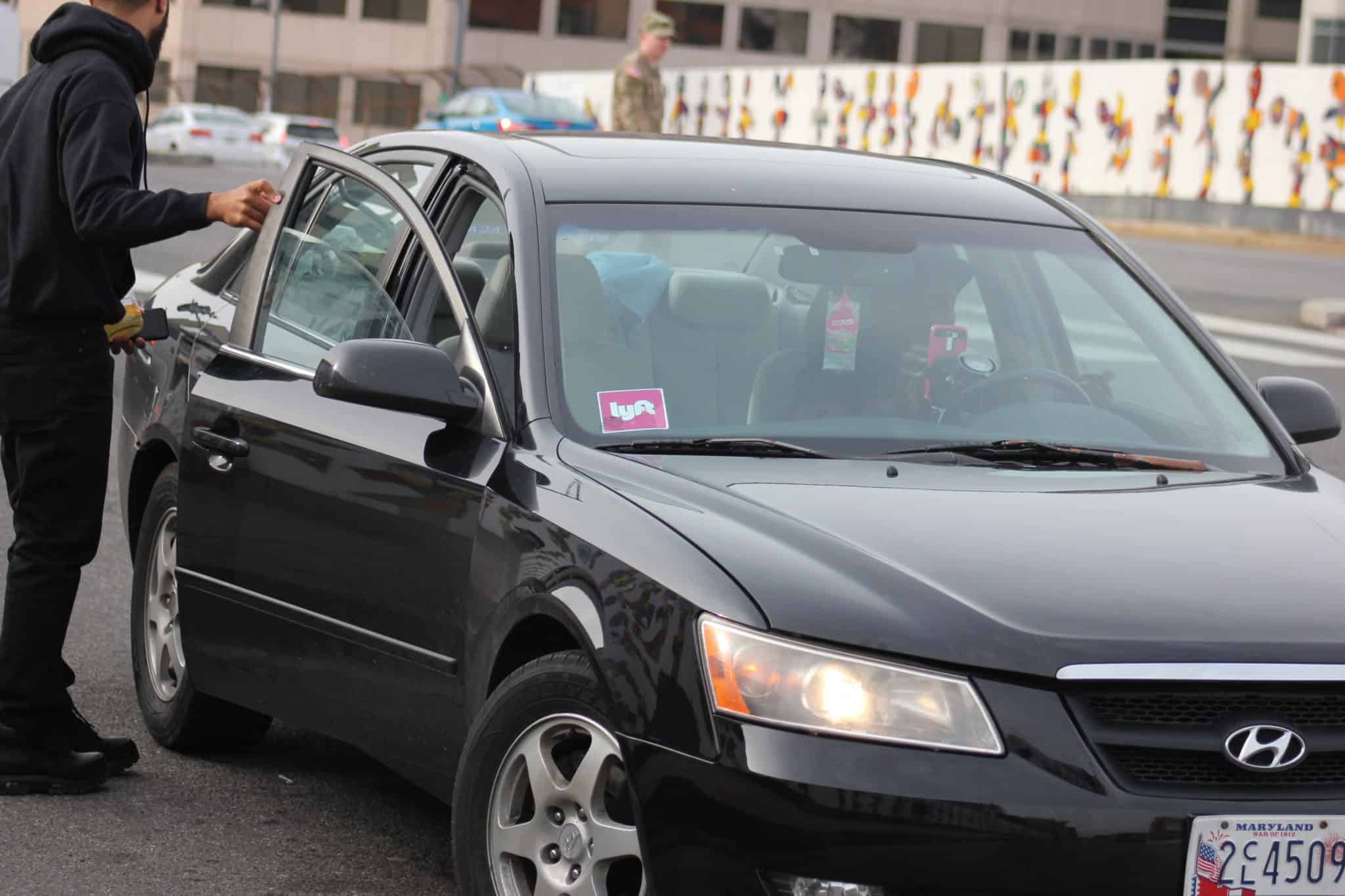
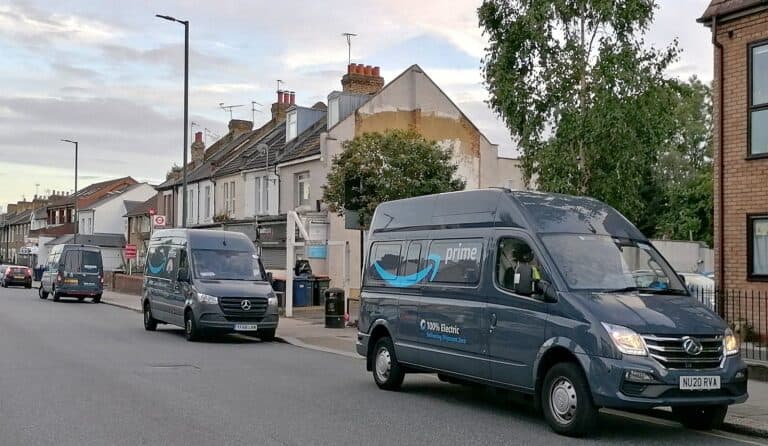
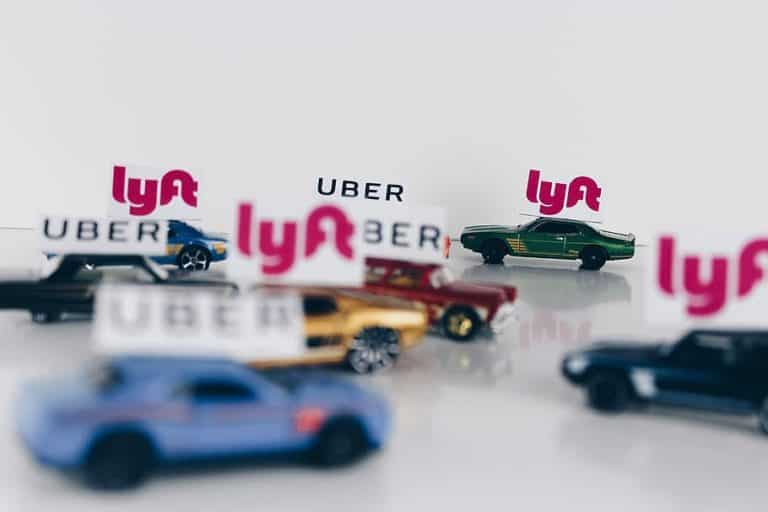


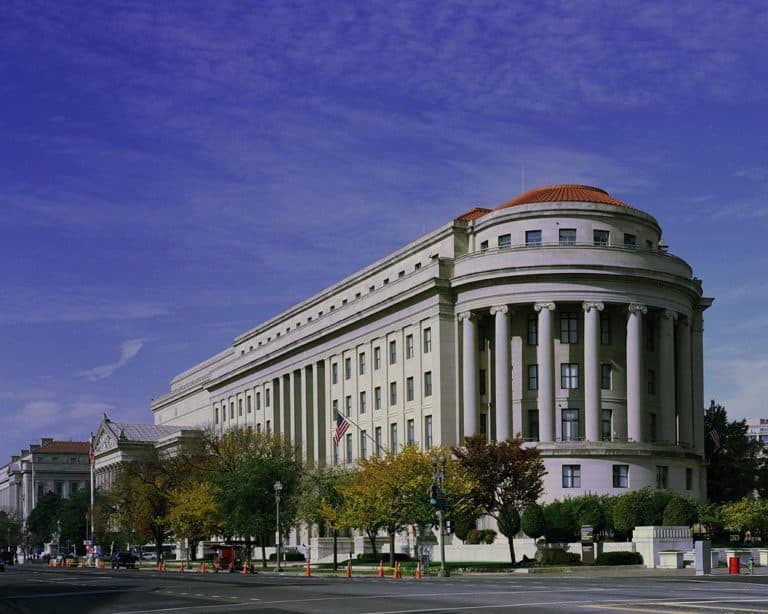
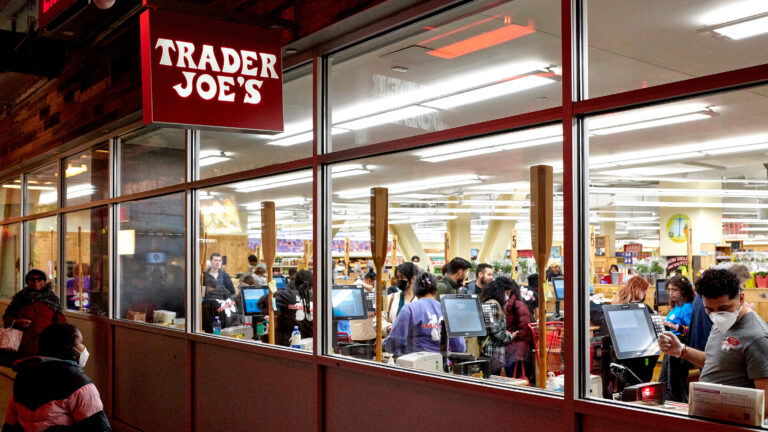

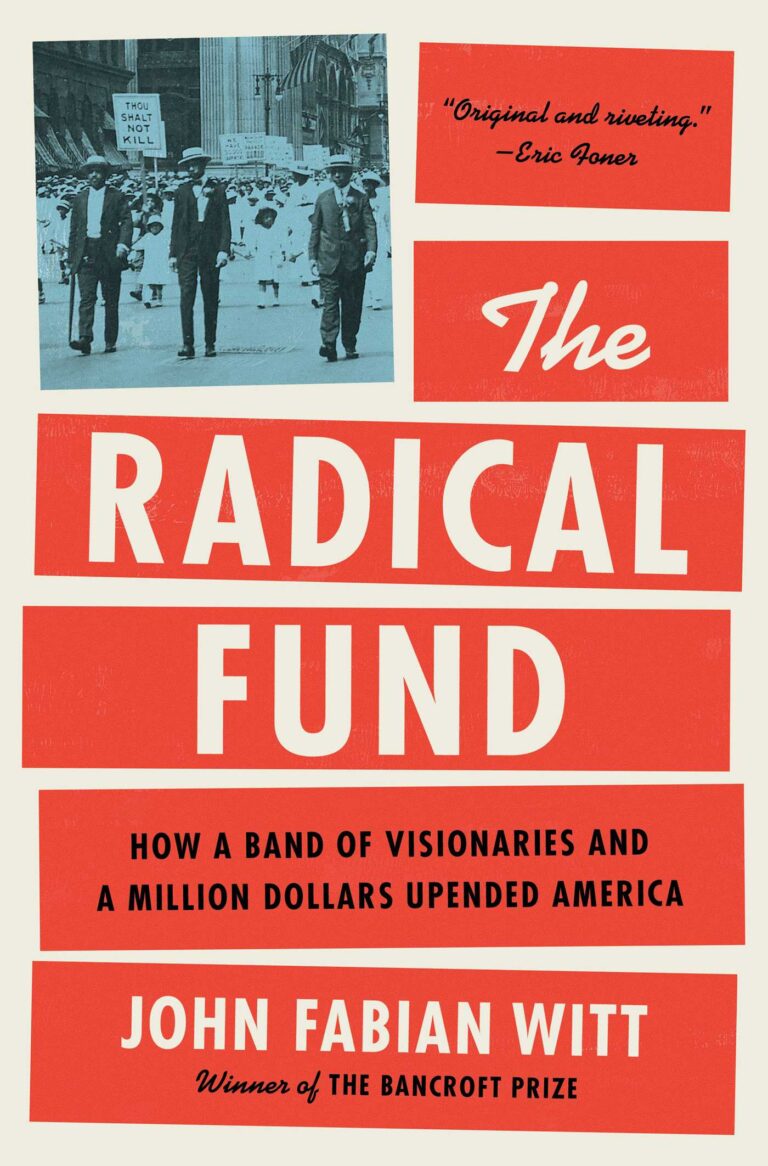
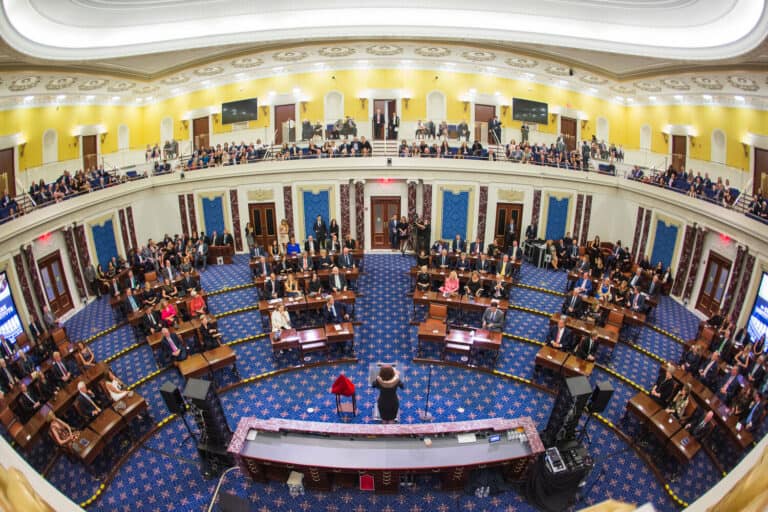
Daily News & Commentary
Start your day with our roundup of the latest labor developments. See all
November 12
Starbucks and the NLRB face off over a dress code dispute, and mental healthcare workers face a reckoning with AI.
November 11
A proposed federal labor law overhaul, SCOTUS declines to undo a $22 million FLSA verdict, and a railroad worker’s ADA claim goes to jury trial.
November 10
Meta unveils data center ads; partisan government emails blocked by judge; thousands protest in Portugal.
November 9
University of California workers authorize the largest strike in UC history; growing numbers of legislators call for Boeing to negotiate with St. Louis machinists in good faith; and pilots and flight attendants at Spirit Airlines agree to salary reductions.
November 7
A challenge to a federal PLA requirement; a delayed hearing on collective bargaining; and the IRS announces relief from "no tax on tips" reporting requirements.
November 6
Starbucks workers authorize a strike; Sixth Circuit rejects Thryv remedies; OPEIU tries to intervene to defend the NLRB.